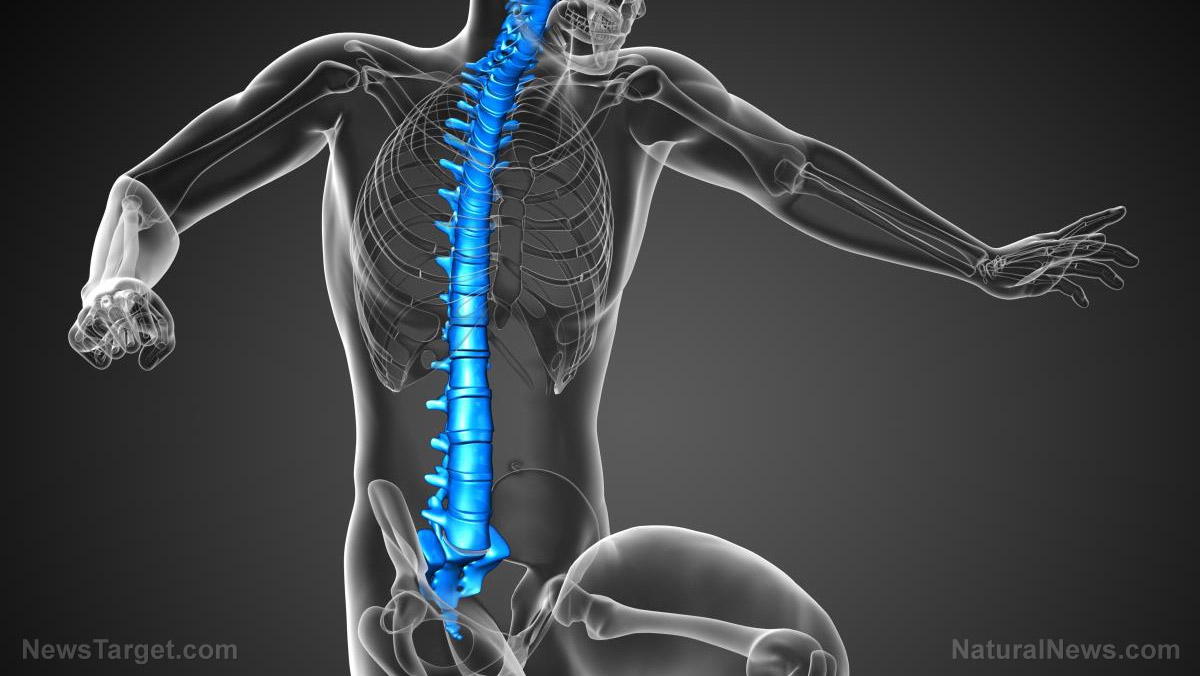Scientists evaluate the outcomes of nerve transfer surgery used to reanimate upper limb function in tetraplegia
03/18/2020 // Evangelyn Rodriguez // Views
Tags: goodmedicine, goodscience, medical tech, nerve transfer, nervous system, research, spinal cord injury, surgery, tetraplegia, upper limb function, upper limb reanimation

- The loss of upper extremity function after cervical spinal cord injury affects independence, including social, vocational and community engagements.
- Nerve transfer surgery offers tetraplegics a new option for the reanimation of their upper limb function.
- For their study, the researchers recruited 16 people with early cervical spinal cord injury (less than 18 months post-injury) of motor level C5 and below.
- These participants had been referred to a single center for upper extremity reanimation and were deemed suitable for nerve transfer.
- They also underwent single or multiple nerve transfers in one or both upper limbs, sometimes combined with tendon transfers (10 patients), for the restoration of elbow extension, grasp, pinch and hand opening.
- The researchers assessed the participants 12 months and 24 months after surgery and considered the action research arm test (ARAT), grasp release test (GRT) and spinal cord independence measure (SCIM) as primary outcome measures.
- They observed that at 24 months, the participants had significant improvements from baseline in their median ARAT total scores and GRT total scores.
- Mean total SCIM scores and mobility in the room and toilet SCIM scores improved by more than the minimal detectable change and the minimal clinically important difference.
- Meanwhile, mean self-care SCIM scores and mean grasp strength also improved between baseline and 24 months.
- While six adverse events were associated with surgery, none had any ongoing functional consequences.
Based on these findings, the researchers concluded that early nerve transfer surgery is a safe and effective addition to surgical techniques for upper limb reanimation in tetraplegic cases. Nerve transfers can lead to significant functional improvements and can be combined with tendon transfers to maximize functional benefits.
Journal Reference:
Zyl NV, Hill B, Cooper C, Hahn J, Galea MP. EXPANDING TRADITIONAL TENDON-BASED TECHNIQUES WITH NERVE TRANSFERS FOR THE RESTORATION OF UPPER LIMB FUNCTION IN TETRAPLEGIA: A PROSPECTIVE CASE SERIES. The Lancet. 2019;394(10198):565–575. DOI: 10.1016/s0140-6736(19)31143-2
Related Topics
goodmedicine goodscience medical tech nerve transfer nervous system research spinal cord injury surgery tetraplegia upper limb function upper limb reanimationLatest News
Related News
07/15/2023 / By Mike Adams
07/14/2023 / By Laura Harris
07/07/2023 / By Kevin Hughes
Take Action:
Support Natural News by linking to this article from your website.
Permalink to this article:
Copy
Embed article link:
Copy
Reprinting this article:
Non-commercial use is permitted with credit to NaturalNews.com (including a clickable link).
Please contact us for more information.
Please contact us for more information.






















